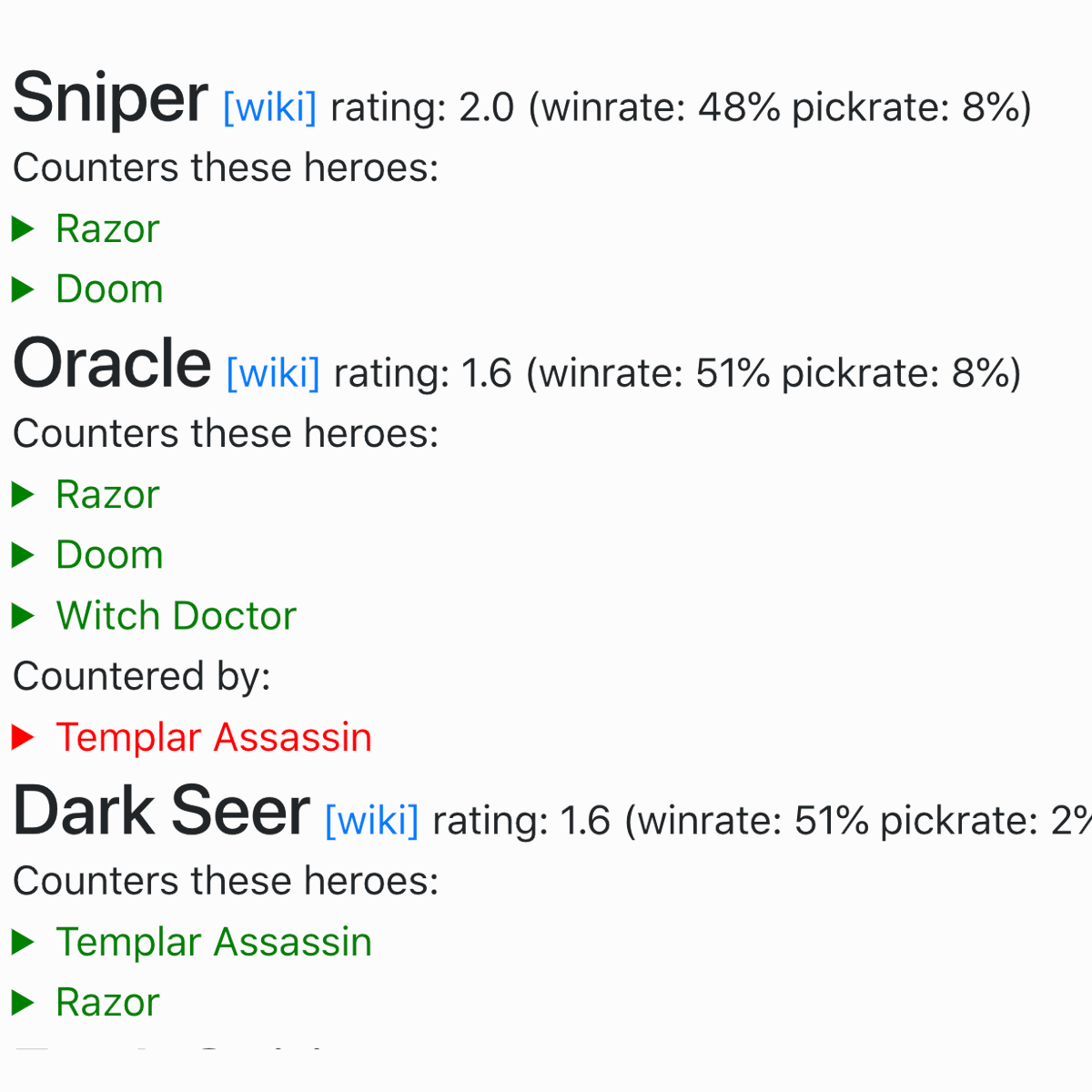Paraguay, a major wheat producer in one of the world’s warmest regions, faces numerous challenges that threaten its wheat production and export industry. Among these challenges is Fusarium Head Blight (FHB), a fungal disease caused by members of the Fusarium graminearum species complex (FGSC). This complex not only affects wheat production but also poses risks to human and animal health.
In this study, we aimed to determine the species composition and genotypes of FGSC strains collected from wheat fields in Paraguay. By understanding the genotypes and their association with trichothecene production, we can gain insights into the potential threats to wheat crops.
The Diversity of FGSC Species
The FGSC is comprised of sixteen monophyletic species, each with its own specific profile of toxic secondary metabolites. These metabolites, known as trichothecenes, play a crucial role in the virulence and colonization of host plants. For instance, F. graminearum sensu stricto and F. asiaticum produce 3-ADON, 15-ADON, and NIV, while other species mainly produce NIV and 3-ADON. These trichothecene variant forms are not only species-specific but also closely linked to pathogenicity.
Genotyping and Trichothecene Production
To identify the genotypes and toxin production potential of FGSC species in Paraguay, we focused on specific trichothecene gene clusters. These clusters consist of various loci responsible for the biosynthesis, regulation, and transport of trichothecenes. Notably, the TRI13 and TRI7 genes play a crucial role in determining the genotype that produces DON or NIV.
The Case of Southern Cone Region
The Southern Cone region of South America, encompassing Argentina, Brazil, and Uruguay, represents the largest wheat-producing area. In this region, F. graminearum genotypes producing 15-ADON dominate, but genotypes producing NIV and 3-ADON have also been reported. However, the genotypic information on FGSC isolates from Paraguay is currently lacking.
Unraveling the Threats to Wheat Production in Paraguay
Without comprehensive genotypic data on FGSC species in Paraguay, the potential threats to wheat production remain unknown. The last documented epidemics of Fusarium wilt occurred in the 1970s, resulting in substantial economic losses for wheat farmers. Previous studies have identified F. graminearum as the predominant fungus producing DON mycotoxin in Paraguay. However, the specific genotypes and their association with trichothecene production have not been studied.
By analyzing the species composition and genotypes of FGSC strains from Paraguay’s wheat fields, our study aims to shed light on the potential threats to wheat production. This knowledge is crucial for implementing effective measures to safeguard the wheat industry and mitigate the economic and health risks associated with Fusarium Head Blight.
For more information on FO4VN – Đội hình Chiến thuật FO4 – Tra cứu cầu thủ FO4, visit FO4VN ─ Đội hình Chiến thuật FO4 ─ Tra cứu cầu thủ FO4.




